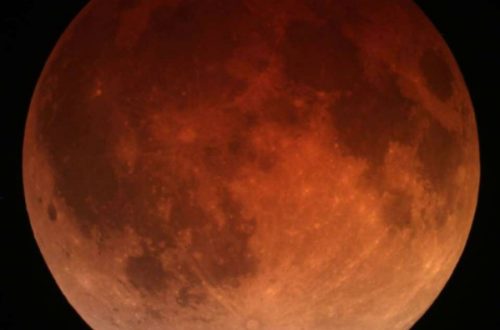Why Are Satellites So Important?

SpaceX has been launching 60 satellites at a time as part of their Starlink constellation. When complete, this network will provide high-speed, low-latency internet to the entire world. However, people have started to express concerns about the sheer number of satellites that will be orbiting the planet by 2027 — Starlink’s scheduled completion date. This project provides one example of a type of satellite orbiting at various heights above the planet’s surface. Why are satellites so essential?
What Is a Satellite?
Most people have heard the word “satellite” thrown around, but for those who don’t work in the industry, it is a very broad term that can mean many different things. In astronomy, satellite encompasses any celestial body orbiting a planet, but it can also refer to “an artificial body placed in orbit around the Earth or moon or another planet to collect information or for communication.”
That’s a whole lot of words to sum up an otherwise simple concept — anything the human race sends into space intending to set up a stable orbit around Earth or any other celestial body is a satellite. And yes, by that logic, the International Space Station and planned Gateway station are also both satellites, as are any spacecraft currently in orbit.
Satellites can be massive — the size of a school bus or tractor-trailer — or they can be small enough to fit in the palm of the average person’s hand. Technology is getting smaller and smaller every year, with engineers exploring construction and manufacturing on the microscopic level. Right now, SpaceX can launch 60 satellites at a time. That number could double, triple or grow even higher in the coming years, depending on these devices’ eventual final size.
Looking Down
It would be nearly impossible to catalog all satellites in orbit right now, with more than 6,000 craft dotting the night sky. More than 60% of them are defunct, circling the planet until they fall from the sky and burn up in Earth’s atmosphere, but groups like NASA, SpaceX and others are launching more every year. There are five major classifications of satellites, and four of them spend their time looking down toward the ground.
First, there are the Earth-observing satellites. These come in two flavors — military and civilian — but their function is essentially the same. They use high-resolution cameras pointed at the Earth’s surface to monitor everything from pollution to erosion. The main difference between the two flavors of Earth-observing satellites is who has access to the collected information.
Communication satellites provide signals to satellite phones and other forms of satellite communication. Anyone who has ever used in-flight Wi-Fi on an airplane at 30,000 feet has tapped into a communication satellite.
Navigation satellites make up the massive network of GPS devices that circle the globe. Google Maps, Garmin and others all use these satellites to tell drivers where they’re going and how to get there.
Finally, on the Earth-facing side of things, there are weather satellites. These monitor weather and atmospheric conditions worldwide, reporting them to meteorologists to help them build their weather forecasts.
Looking Toward the Stars
The final satellite classification is the kind that points out into the cosmos. Ground-based telescopes are a fantastic tool, but the atmosphere obscures the view. It’s the same reason stars appear to twinkle when observed from the ground with the naked eye. Space telescopes, like the Hubble and others, orbit the planet and offer astronomers an unobstructed view of the universe.
The majority of satellites point down toward Earth, but a small number of them aim to help the human race expand its understanding of the universe.
Future Applications
Satellites are vital for various reasons, but the current applications only represent a fraction of this technology’s possible uses.
As more autonomous vehicles roll off the assembly line, satellites will become even more essential, helping these self-driving cars and trucks navigate the world’s highways and byways.
Small satellites could help support future space exploration and travel as well. Instead of sending human astronauts to explore a new world, NASA and other space agencies can “call ahead” — so to speak — by sending dozens or even hundreds of small satellites that can give explorers an aerial view of their destination before they ever arrive.
Growing Humanity’s Understanding of the Cosmos
Satellites are invaluable tools, helping us with everything from space exploration to predicting the weather. The technology may be getting smaller, but the potential applications will continue to grow and change in the coming decades. Starlink alone will nearly triple the number of satellites orbiting Earth, and that’s only the beginning.
Would you like to receive similar articles by email?





